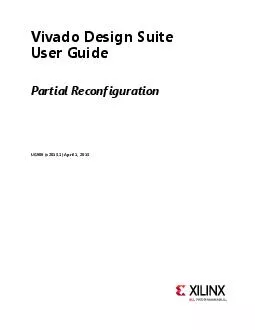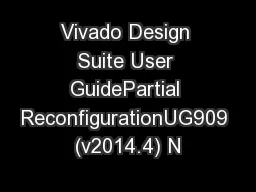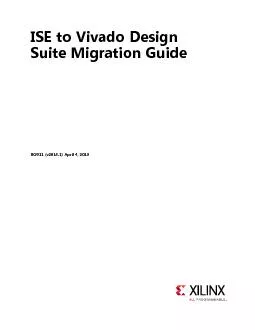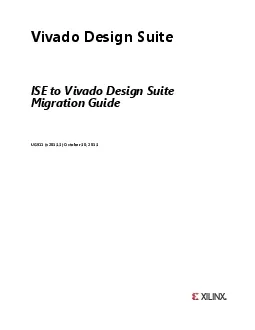PDF-Vivado Design Suite User GuidePartial ReconfigurationUG909 (v2015.1) A
Author : debby-jeon | Published Date : 2017-11-23
Partial Reconfigurationwwwxilinxcom UG909 v20151 April 1 2015 Revision HistoryThe following table shows the revision history for this documentDateVersionRevision0401201520151Chapter
Presentation Embed Code
Download Presentation
Download Presentation The PPT/PDF document "Vivado Design Suite User GuidePartial Re..." is the property of its rightful owner. Permission is granted to download and print the materials on this website for personal, non-commercial use only, and to display it on your personal computer provided you do not modify the materials and that you retain all copyright notices contained in the materials. By downloading content from our website, you accept the terms of this agreement.
Vivado Design Suite User GuidePartial ReconfigurationUG909 (v2015.1) A: Transcript
Download Rules Of Document
"Vivado Design Suite User GuidePartial ReconfigurationUG909 (v2015.1) A"The content belongs to its owner. You may download and print it for personal use, without modification, and keep all copyright notices. By downloading, you agree to these terms.
Related Documents














